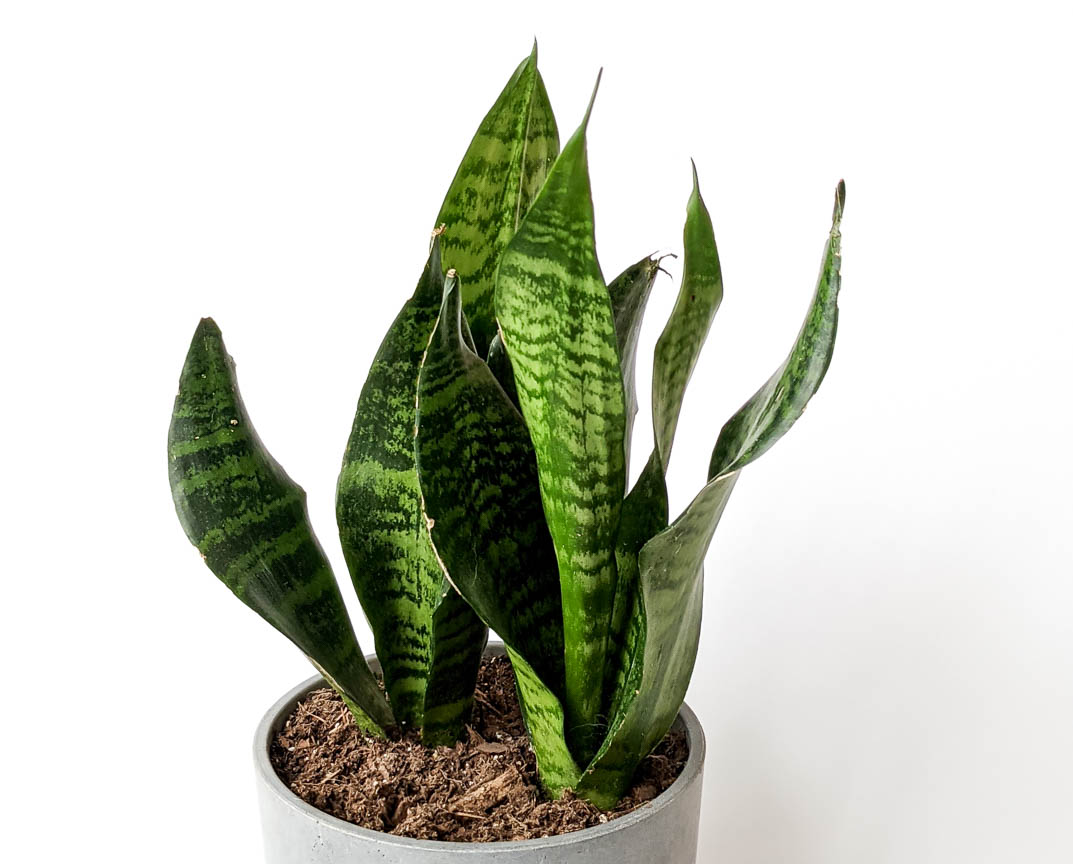I don’t know about you, but I love variegation and vining plants. So, it makes sense that one of my favorite plants is the Hoya Tricolor! Hoyas are part of a genus of over 200 tropical plants most known for their tough, waxy, and diverse leaves. In fact, the Hoya family of plants has some of the greatest variety of leaf shapes and colors!
Hoyas are part of the “perfect starter plant” club, as they prefer lower light levels and need infrequent watering. They’re also non-toxic to both dogs and cats, making them safe to display anywhere. As a vining plant, however, Hoyas are often showcased in hanging planters or shelf-tops to allow their vines to trail freely.
Hoya plants are naturally tropical, which means they love humidity but prefer dryer soil. In the wild, many Hoya plants are epiphytic, meaning they grow on other trees or plants. When choosing a good pot for these plants, terra cotta or clay pots are ideal to help pull excess moisture from the soil.
One of the best-kept secrets of Hoya plants is their flowers! When well cared for, Hoyas will bloom and produce star-shaped flowers in red, purple, pink, yellow, white, and other colors. Here’s how to care for these gorgeous vining plants:
Water
Hoya tricolor plants don’t need much water, and they don’t like it too often either. This is because Hoyas store water in their leaves similar to succulents. Wait until the soil is almost completely dry and then water thoroughly until the water runs out the drainage hole. You won’t need to water this indoor plant as often as others. Use a bamboo skewer to check the moisture level in the bottom of the pot before watering again.
Sunlight
Hoyas prefer bright, indirect sunlight. Place your Hoya plant near a west or east-facing window, but not too close. Keep them just far enough away for them to miss direct sun on their leaves. However, the brighter the indirect light, the more likely your Hoya will produce variegated leaves or even flowers!
Fertilizer
Hoyas do well when fed with all-purpose fertilizer about once a month (or about every other watering). You only need to fertilize in the spring and summer when they’re actively growing. Be sure the soil is moist before adding the food! It’s best to avoid all fertilizing, propagating, and repotting during the dormant winter months.
Soil
Hoya tricolor plants need well-draining soil. They’ll grow best with a mixture of potting soil, succulent soil, and perlite or orchid bark. This mixture will provide enough room for excess water to drain after the roots and leaves have become saturated. If you aren’t able to create your own mixture, succulent soil works well.
Propagation
Hoyas are very easy to propagate! Like other vining plants, leaves and vines with root nodes can be snipped and placed in water to grow. These plants can also be propagated in the soil after new roots have grown at least 2-3 inches. Just be patient. Hoyas are slow movers, so it may take a few months for them to start showing signs of growth.
If you’re looking for a great plant for beginners, this one’s for you! Already have a favorite Hoya plant? Tell me in the comments, or share your story on my Instagram post!
XO,
Micah


